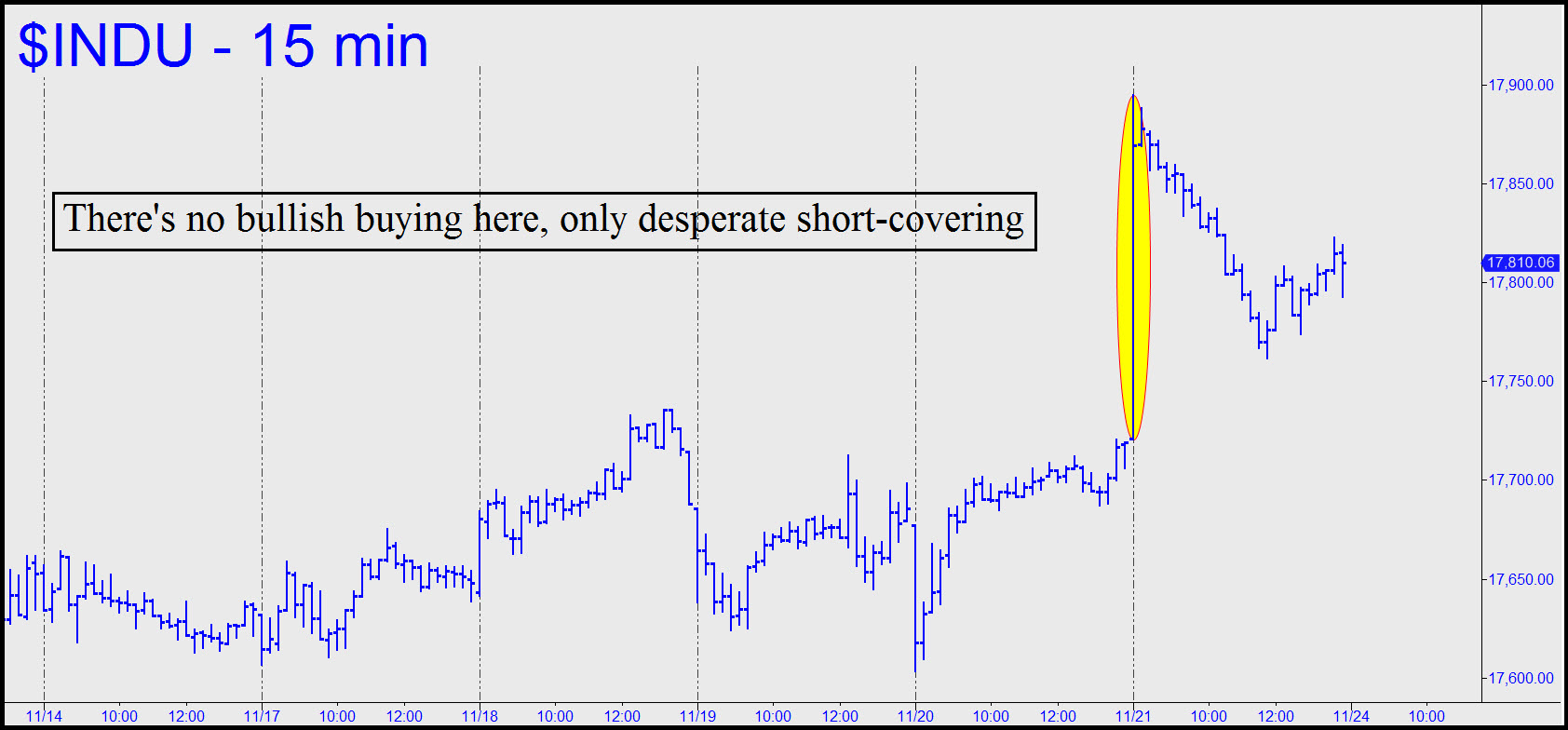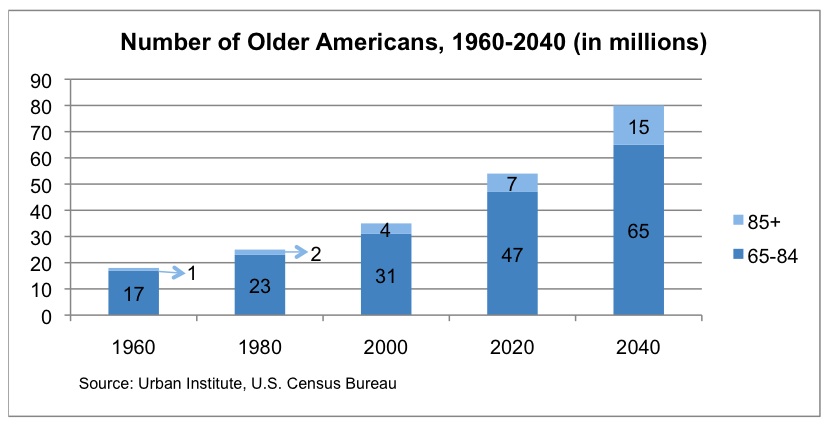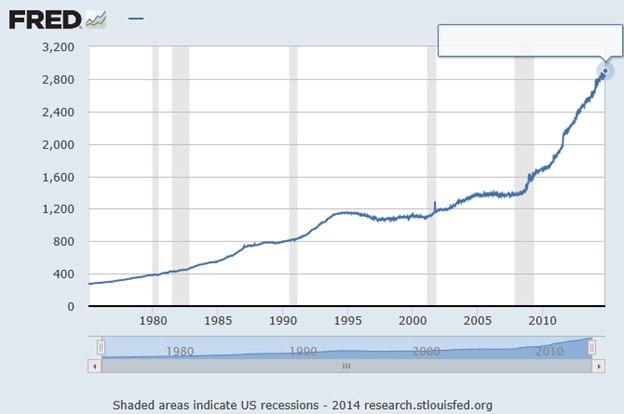 This is a syndicated repost courtesy of New Economic Perspectives. To view original, click here.
This is a syndicated repost courtesy of New Economic Perspectives. To view original, click here.
San Fransisco, CA: November 22, 2014
William Dudley, the President of the NY Fed, is not a stupid man. He is, however, wholly unfit to be a regulator. He has now admitted that publicly. It is time for him to return to Goldman Sachs so that he can be replaced by someone expressly chosen to be a vigorous regulator who will embrace the most critical function of a financial regulator – to be the tough ‘regulatory cop on the beat.’
The story of Dudley’s ineptness has been mirrored by the New York Times’inept coverage of the failures of one of the reporter Peter Eavis’ favorite sons on Wall Street. Eavis is a Brit with a B. A. in international history and politics. He has also been a pastor. He co-authored the epically incoherent column on the NY Fed’s most recent scandal, the leaking of confidential information by a NY Fed employee to a former NY Fed employee who had joined Goldman Sachs. I criticized that column in my November 20, 2014article and provided some of the key missing facts and analytics.
Eavis has now written what purports to be a news story, but often reads like an editorial, about the November 21 Senate hearing on a series of recent NY Fed failures. Eavis introduces his piece with this snide slam at Senator Elizabeth Warren.
‘William C. Dudley, the president of the New York Fed, defended the agency, but Senator Elizabeth Warren, Democrat of Massachusetts, at one point told him, ‘You need to fix it, Mr. Dudley, or we need to get someone who will.’
The president of the New York Fed is not chosen by Congress. And much of the stern questioning could be seen as the sort of grandstanding that plays well with those who want to limit Wall Street’s power or were harmed in the financial crisis of 2008. Even so, it will be hard for the Fed to ignore the anger directed at Mr. Dudley. The New York Fed is the public’s first line of defense against Wall Street’s excesses and abuses, and the discontent in Congress could build if more evidence emerges that suggests the New York Fed is not tough enough with the large banks it oversees.’
The mendacity of these two paragraphs is a joy to dissect. First, one of the most serious problems is the fact that the ‘president of the New York Fed is not chosen by Congress’ – or, more precisely, by the President with the ‘advice and consent’ of the Senate. As long as our anti-regulators are chosen by industry they are supposed to regulate they will be anti-regulators and they will fail to regulate effectively. My prior column explained this obvious conflict of interest, the fact that the identical conflict used to institutionalized into the Federal Home Loan Bank system, that Congress decided in 1989 (by enacting FIRREA) to eliminate the conflict by ensuring that regulation was done only by federal employees and stripping all governmental functions from the FHLBs, and that this was done with the support of the regulatory leaders of the FHLB of San Francisco because we agreed with the need to remove the conflict of interest even though the prior system was strongly in our self-interest. Dudley is a whole lot wealthier than we were and the fact that he continues to advocate for maximizing his self-interest by maintaining such an obvious conflict of interest, despite a record of abject regulatory failure at the regional Fed banks, demonstrates one reason he is unfit to be a regulator.
This post was published at Wall Street Examiner on November 23, 2014.
 By now, we all know that the process of Comex metal delivery is shady and deliberately opaque. What has transpired these past few weeks only strengthens this belief.
By now, we all know that the process of Comex metal delivery is shady and deliberately opaque. What has transpired these past few weeks only strengthens this belief.





















 Follow on Twitter
Follow on Twitter
Recent Comments